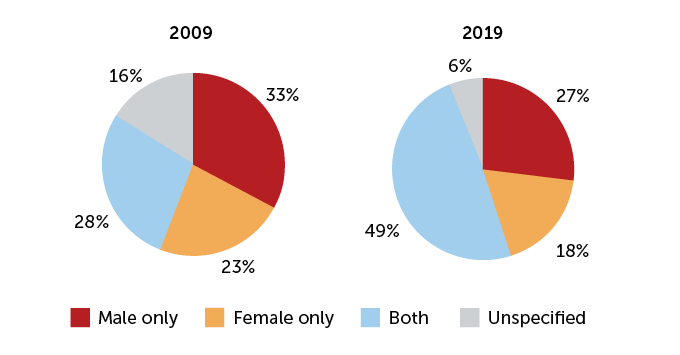I won't pretend to see the whole picture here but it sounds like we're talking about 7% female specific data vs everything else. Most of the remaining data may be non gender specific.
To present this as 7% female and 93% male is disingenuous.
As a counterpoint, breast cancer research (an issue predominantly affecting women) recieves far more funding than prostate cancer research.

